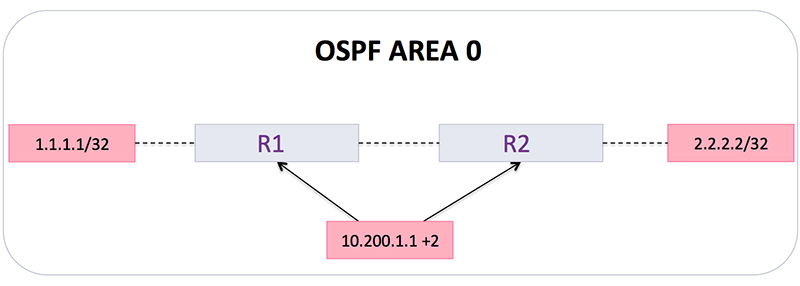Routers connect networks using the Internet Protocol (IP), and OSPF (Open Shortest Path First) is a router protocol used to find the best path for packets as they pass through a set of connected networks. OSPF is designated by the Internet Engineering Task Force (IETF) as one of several Interior Gateway Protocols (IGPs) -- that is, protocols aimed at traffic moving around within a larger autonomous system network like a single enterprise's network, which may in turn be made up of many separate local area networks linked through routers.
Rather than simply counting the number of router hops between hosts on a network, as RIP does, OSPF bases its path choices on "link states" that take into account additional network information, including IT-assigned cost metrics that give some paths higher assigned costs. For example, a satellite link may be assigned higher cost than a wireless WAN link, which in turn may be assigned higher cost than a metro Ethernet link.
The OSPF routing protocol has largely replaced the older Routing Information Protocol (RIP) in corporate networks. Using OSPF, a router that learns of a change to a routing table (when it is reconfigured by network staff, for example) or detects a change in the network immediately multicasts the information to all other OSPF hosts in the network so they will all have the same routing table information. Unlike RIP, which requires routers to send the entire routing table to neighbors every 30 seconds, OSPF sends only the part that has changed and only when a change has taken place. When routes change -- sometimes due to equipment failure -- the time it takes OSPF routers to find a new path between endpoints with no loops (which is called "open") and that minimizes the length of the path is called the convergence time.
OSPF Version 2, as defined by IEEE RFC 2328 for IPv4, is broadly implemented in enterprise routers. IPv6 revisions to this standard are captured in the newer OSPF Version 3 (as defined in IEEE RFC 5340).
Although it is intended to replace RIP, OSPF has RIP support built in both for router-to-host communication and for compatibility with older networks using RIP as their primary protocol.








No comments:
Post a Comment